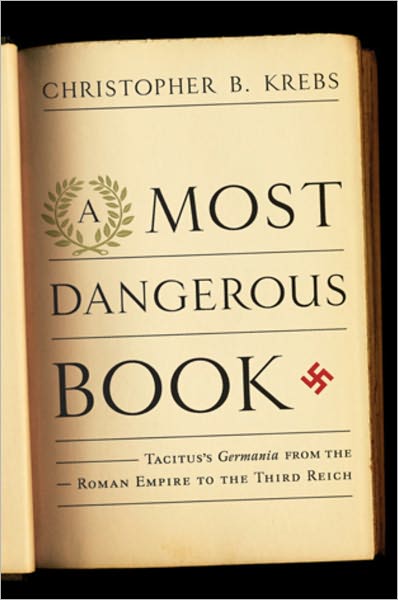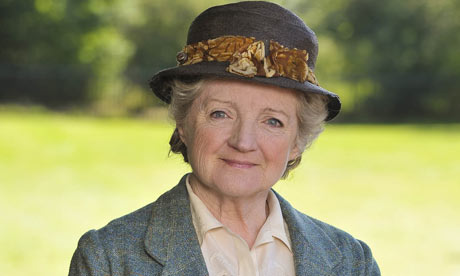 Hugh Pentecost (aka, Judson Philips) wrote over a 100 crime and mystery novels. In 1973, Pentecost was named a Grand Master by the Mystery Writers of America. Pentecost’s first story, “Room Number 23,” was published in 1925. Pentecost went on to a long, prolific career that ended with his death in 1989. Of all of Pentecost’s various series, I enjoy those about Pierre Chambrun, the manager of a luxury hotel, the best. And, one of the best Chambrun mysteries is Walking Dead Man. Walking Dead Man features an assassination attempt on the second richest man in the world in Pierre Chambrun’s penthouse. Plenty of devious plotting and surprises follow. Although Hugh Pentecost is pretty much forgotten now, his fine mysteries deserve to be read. Here’s a list of the books in Pentecost’s Pierre Chambrun series:
Hugh Pentecost (aka, Judson Philips) wrote over a 100 crime and mystery novels. In 1973, Pentecost was named a Grand Master by the Mystery Writers of America. Pentecost’s first story, “Room Number 23,” was published in 1925. Pentecost went on to a long, prolific career that ended with his death in 1989. Of all of Pentecost’s various series, I enjoy those about Pierre Chambrun, the manager of a luxury hotel, the best. And, one of the best Chambrun mysteries is Walking Dead Man. Walking Dead Man features an assassination attempt on the second richest man in the world in Pierre Chambrun’s penthouse. Plenty of devious plotting and surprises follow. Although Hugh Pentecost is pretty much forgotten now, his fine mysteries deserve to be read. Here’s a list of the books in Pentecost’s Pierre Chambrun series:
The Cannibal Who Overate (1962)
The Shape of Fear (1964)
The Evil That Men Do (1966)
The Golden Trap (1967)
The Gilded Nightmare (1969)
Girl Watcher’s Funeral (1969)
The Deadly Joke (1971)
Birthday, Deathday (1972)
Walking Dead Man (1973)
Bargain with Death (1974)
Time of Terror (1975)
The 14 Dilemma (1976)
Death After Breakfast (1978)
Random Killer (1979)
Beware Young Lovers (1980)
Murder in Luxury (1981)
With Intent to Kill (1982)
Murder in High Places (1983)
Remember to Kill Me (1984)
Murder Round the Clock (1985)
Nightmare Time (1986)
Murder Goes Round and Round (1988)
 Christopher B. Krebs’ A Most Dangerous Book: Tacitus’s Germania from the Roman Empire to the Third Reich starts with an SS raid in Italy in 1943. Heinrich Himmler, head of the SS, wanted an original manuscript of Tacitus’s Gemania to put to use in the Nazi cause. Fortunately, the rare document had already been spirited away. Krebs tells the story of how Tacitus’s text on Germany was lost, then found, then altered, then collected, and finally became the object of forgery. Along the way, Krebs describes what happened to Germana during the fall of Rome, the Dark Ages, the Enlightenment, and finishes his story with the Third Reich. Along the way, a myriad of political leaders use Tacitus’s text to promote their political agendas. If you’re a fan of bibliographic history filled with twists and turns, you’ll certainly enjoy A Most Dangerous Book as much as I did. GRADE: A
Christopher B. Krebs’ A Most Dangerous Book: Tacitus’s Germania from the Roman Empire to the Third Reich starts with an SS raid in Italy in 1943. Heinrich Himmler, head of the SS, wanted an original manuscript of Tacitus’s Gemania to put to use in the Nazi cause. Fortunately, the rare document had already been spirited away. Krebs tells the story of how Tacitus’s text on Germany was lost, then found, then altered, then collected, and finally became the object of forgery. Along the way, Krebs describes what happened to Germana during the fall of Rome, the Dark Ages, the Enlightenment, and finishes his story with the Third Reich. Along the way, a myriad of political leaders use Tacitus’s text to promote their political agendas. If you’re a fan of bibliographic history filled with twists and turns, you’ll certainly enjoy A Most Dangerous Book as much as I did. GRADE: A  I’ve read all 12 of Paul Theroux’s travel books. But in The Tao of Travel, Theroux doesn’t just provide dazzling excerpts from his own travel books, Theroux manages to assemble a guide to the best travel books ever written. If you love lists, you’re really going to love this book. Theroux is clever enough just to give the reader a nugget from a classic travel book like Evelyn Waugh’s When the Going Was Good and leave it to the reader to want to read more. You can open The Tao of Travel anywhere and find fascinating prose. This book is a browser’s delight! GRADE: A
I’ve read all 12 of Paul Theroux’s travel books. But in The Tao of Travel, Theroux doesn’t just provide dazzling excerpts from his own travel books, Theroux manages to assemble a guide to the best travel books ever written. If you love lists, you’re really going to love this book. Theroux is clever enough just to give the reader a nugget from a classic travel book like Evelyn Waugh’s When the Going Was Good and leave it to the reader to want to read more. You can open The Tao of Travel anywhere and find fascinating prose. This book is a browser’s delight! GRADE: A




 The genre of High Adventure is languishing today. But a century ago, Edgar Rice Burroughs, Talbot Mundy, and Harold Lamb filled plenty of pulp magazines with great adventure fiction. Bison Press is reprinting Harold Lamb’s wonderful stories. The first volume, Wolf of the Steppes published in 2006, collects some of Harold Lamb’s best work. Lamb’s Cossack character Khlit is a rogue who survives by his wits, and when that fails, he uses his skill with his sword. Khlit’s adventures traveling the steppes are presented in order for the first time in this fat volume. The pages fly by as you read about the marvels and the dangers of fabled cities and crafty barbarians. If you’re looking for that “sense of wonder,” you’ll find it between the covers of Wolf of the Steppes.
The genre of High Adventure is languishing today. But a century ago, Edgar Rice Burroughs, Talbot Mundy, and Harold Lamb filled plenty of pulp magazines with great adventure fiction. Bison Press is reprinting Harold Lamb’s wonderful stories. The first volume, Wolf of the Steppes published in 2006, collects some of Harold Lamb’s best work. Lamb’s Cossack character Khlit is a rogue who survives by his wits, and when that fails, he uses his skill with his sword. Khlit’s adventures traveling the steppes are presented in order for the first time in this fat volume. The pages fly by as you read about the marvels and the dangers of fabled cities and crafty barbarians. If you’re looking for that “sense of wonder,” you’ll find it between the covers of Wolf of the Steppes.
